Description
American Red Cross
ACLS
Final Exam
1. A patient is in cardiac arrest. The cardiac monitor shows asystole. In addition to
providing continuous high-quality CPR, what is the other priority intervention for this
patient?
Administering epinephrine as early as possible
2. A patient has experienced return of spontaneous circulation (ROSC) after cardiac
arrest. The healthcare team is conducting a secondary assessment to determine the
possible cause of the patient’s cardiac arrest. Before the arrest, the patient exhibited
jugular venous distension, cyanosis, apnea and hyperresonance on percussion. The
patient was also difficult to ventilate during the response. The team would most likely
suspect which condition as the cause?
Tension Pneumothorax
3. A patient with suspected stroke arrives at the emergency department. The patient is
diagnosed with acute ischemic stroke and is a candidate for fibrinolytic therapy. To
achieve the best outcomes, this therapy should be initiated within what time frame?
Within 1 hour of patient’s arrival.
4. A patient in the telemetry unit is receiving continuous cardiac monitoring. The patient
has a history of myocardial infarction. The patient’s ECG rhythm strip is shown in the
following figure. The provider interprets this strip as indicating which arrhythmia?
Third-degree AV block
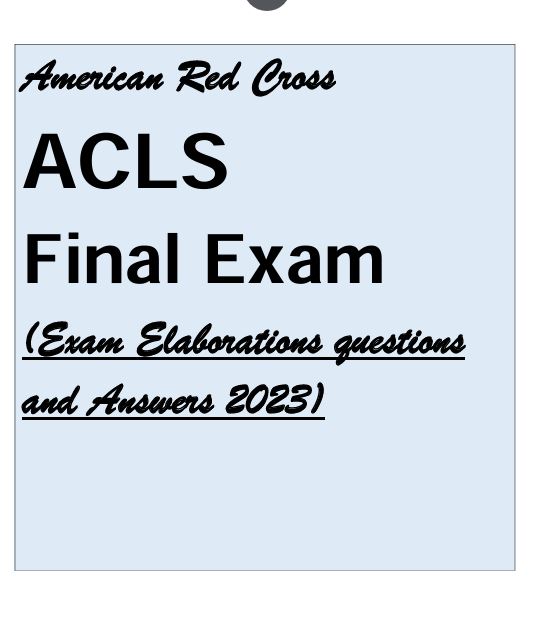
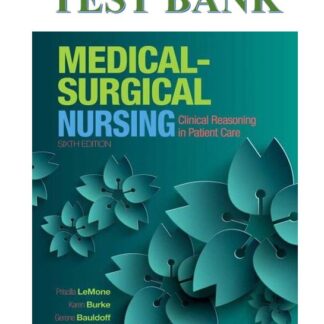
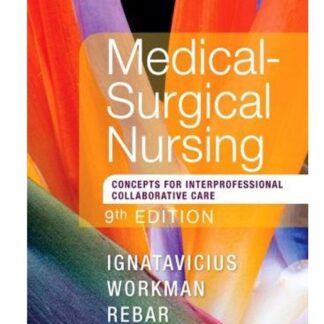
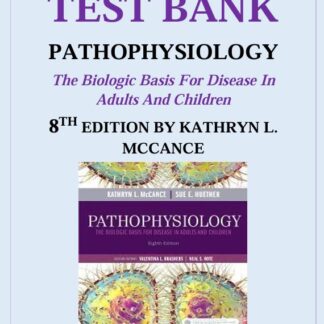
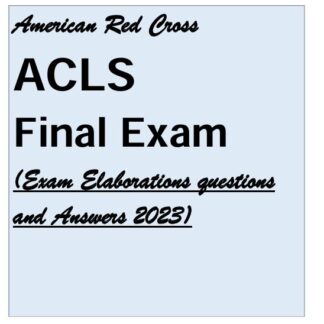
Reviews
There are no reviews yet.